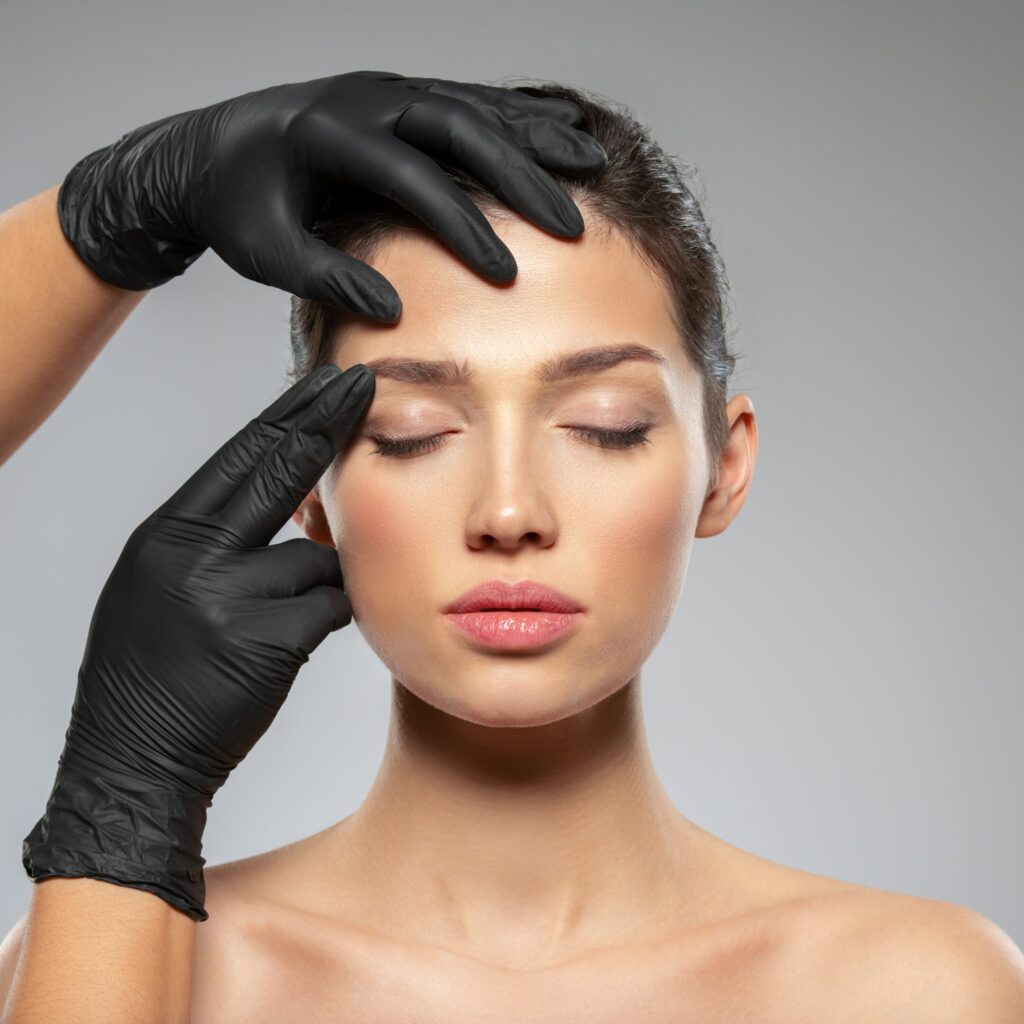For most people, botulinum toxin has a clear association - with smoothing out facial wrinkles. True, treatments using it have become one of the most popular procedures in aesthetic medicine. But Botox has a much broader application - and not just in terms of appearance.
In medicine, botulinum toxin has for years played an important therapeutic role in the treatment of a number of ailments that affect the comfort of patients' lives.
Explore The 5 most common uses of Botox outside aesthetic medicine.
1. Treatment of hyperhidrosis
Excessive sweating of the armpits, palms, feet and even the face can not only be embarrassing, but can even impede daily functioning. When antiperspirants fail, botulinum toxin comes to the rescue.
It works by blocking nerve impulses that stimulate sweat glands, temporarily stopping sweat production in the area. The effect lasts from 6 to even 12 months.
📌 You can read more about this application in the entry: [Botulinum toxin hyperhidrosis treatment - how does it work and for whom?]
2. Bruxism (teeth grinding)
Botox is effectively used for people suffering from bruxismThis is the uncontrollable clenching and grinding of teeth - especially at night. This problem leads to headaches, enamel abrasion and facial muscle tension.
Injection of a small amount of botulinum toxin into the masseter muscle relaxes their tension, reducing the bite force and bringing relief to the patient.
3. Chronic migraines
In patients suffering from chronic migraines (more than 15 days per month with headache), botulinum toxin can significantly reduce the frequency and severity of attacks.
The product is injected into specific points on the forehead, temples, neck and nape of the neck. It works by blocking pain neurotransmitters and relaxing the tense muscles that can trigger a migraine.
4. Muscle spasticity (neurology)
Botox has also found applications in neurology - for example in the treatment of spasticity, i.e. excessive muscle tension, occurring, for example, after strokes, brain injuries or in multiple sclerosis (MS).
Administration of botulinum toxin helps relax overly tense musclesimproving motor function and reducing pain.5. Ocular tics and strabismus (ophthalmology)
Botulinum toxin is also used for treatment:
- eyelid tics (blepharospasm),
- eyelid cramp,
- some forms of strabismus.
Via temporary blockage of abnormal eye or eyelid muscle activity, it is possible to alleviate symptoms and improve the quality of vision and patient comfort.
Summary
Although Botox has gained fame as a 'wrinkle slayer', its therapeutic potential is much broader. In the hands of experienced doctors, it becomes an effective tool for treating neurological, ophthalmological, dermatological or dental conditions.
If you or your loved ones are struggling with any of the issues listed -. you should consider consulting a specialist towards botulinum toxin treatment.
